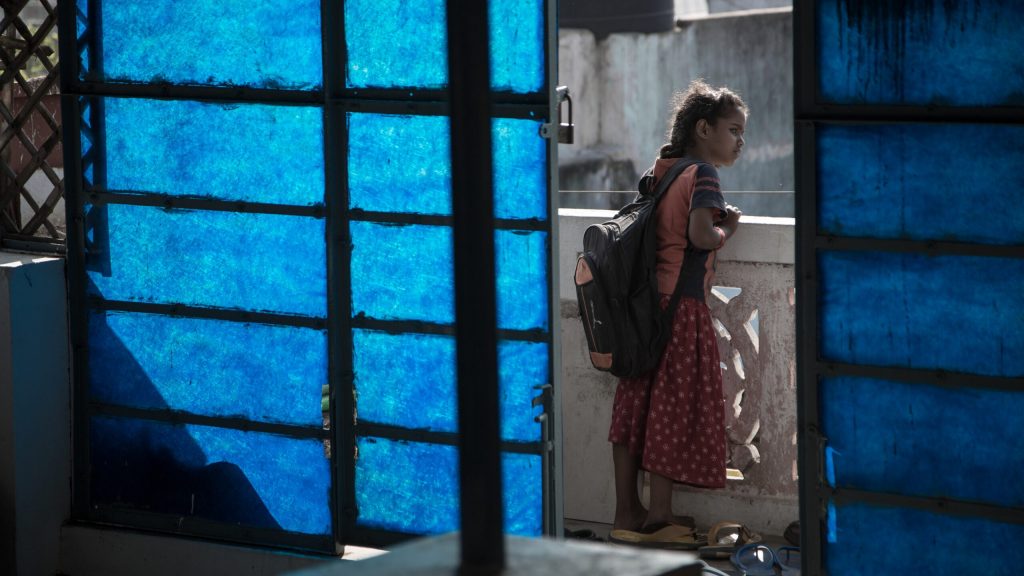Naba Kishor Pujari
With the onset of Covid-19 causing immense disruption to normal life, the world is busy fighting to check its spread. While the pandemic has pushed millions of people into economic hazards, we are yet to fathom the extent of damage that this challenge on the humanitarian front will indirectly inflict on children.
According to UNICEF, the pandemic and the lockdown have impacted 247 million children enrolled in elementary and secondary schools in India. The reasons are lack of school infrastructure, the digital divide between rural and urban children and the absence of a policy that carries the very spirit of ensuring “Education for All”.
Online education in India causes inequality, creates a divide among students and estranges the most marginalised and underprivileged ones. Though classroom-based learning has shifted to virtual model of education, a National Sample Survey (NSS) report for 2017-18 had said only 23.8 per cent of households had access to internet.
While the students from the upper strata have coped with the shift, the unprivileged ones are left behind. With no access to internet and even to computer or smartphone, these children enrolled in government schools are deprived of the alternative mode of learning. Lack of digital infrastructure and the rural-urban divide will keep millions of children at the periphery of the education system during Covid-19 shutdown, the NSS report states.
The Minimum Levels of Learning (MLL) approach usually refers to a set of desired competencies to be achieved by all children. Recently, the Atmashakti Trust, an NGO, undertook a study on the learning level of government school children, covering over 4,000 heads across the country. The findings showed that in Class-VIII, only 49.79 per cent, 54.35 per cent and 79.14 per cent passed the test in English, Math and regional language respectively. In Class-V, only 41.04 per cent, 48.72 per cent and 71.12 per cent passed the test in English, Math and regional language respectively. Similarly, 43.42 per cent and 27.64 per cent students in Class-III did not meet the expected learning levels in Math and regional language.
According to the Annual Status of Education Report (ASER) 2019, only 16 per cent of children in Class I in 26 surveyed rural districts were in a position to read the school texts at the prescribed level. Almost 40 per cent of them could not even understand letters and only 41 per cent of these children could read two-digit numbers.
Lack of school infrastructure poses another challenge during the pandemic, which will affect the education of children from poor backgrounds studying in government schools. Numerous studies suggest that students in schools with poor infrastructure can have lower scores than those with access to better infrastructural facilities. An overcrowded classroom with a chaotic learning environment can adversely affect students’ learning capabilities. A NITI Aayog report states that 93 per cent of government schools are running without a computer, 23 per cent without a ramp, 79 per cent without a playground, 81 per cent without electricity, two per cent without boys’ toilets, one per cent without girls’ toilets and 0.4 per cent without proper buildings. The same abysmal situation prevails in several states that were covered under the survey.
In states, where the basic infrastructure of the school is in a bad state, the government will require to provide immediate attention to the betterment of students’ learning.
A report of the World Economic Forum (WEF) states that there is no equality of suffering or equality of sacrifice during an epidemic that is unreasonably hurting the poorest and the most vulnerable of the populations. Therefore, underprivileged and disadvantaged children will be the worst preys of the pandemic.
With the existing digital divide, relying only on online education will push the have-nots out of the education system as well as compel them to work to support their families. Moreover, schools are more than a teaching-learning place for underprivileged children. For them, the school remains the centre of social protection, health and nutrition.
In this situation, a question is, what solution can state governments offer to ensure children’s ‘right to education’ during the pandemic. Experts say governments should use the lockdown as an opportunity to provide remedial classes for weaker students so that they shall be on par with the other students once regular school starts. And, if we address the issue in a serious manner, especially during the pandemic, cases of drop-out and the like will significantly come down.
The writer is a Right to Education activist.
